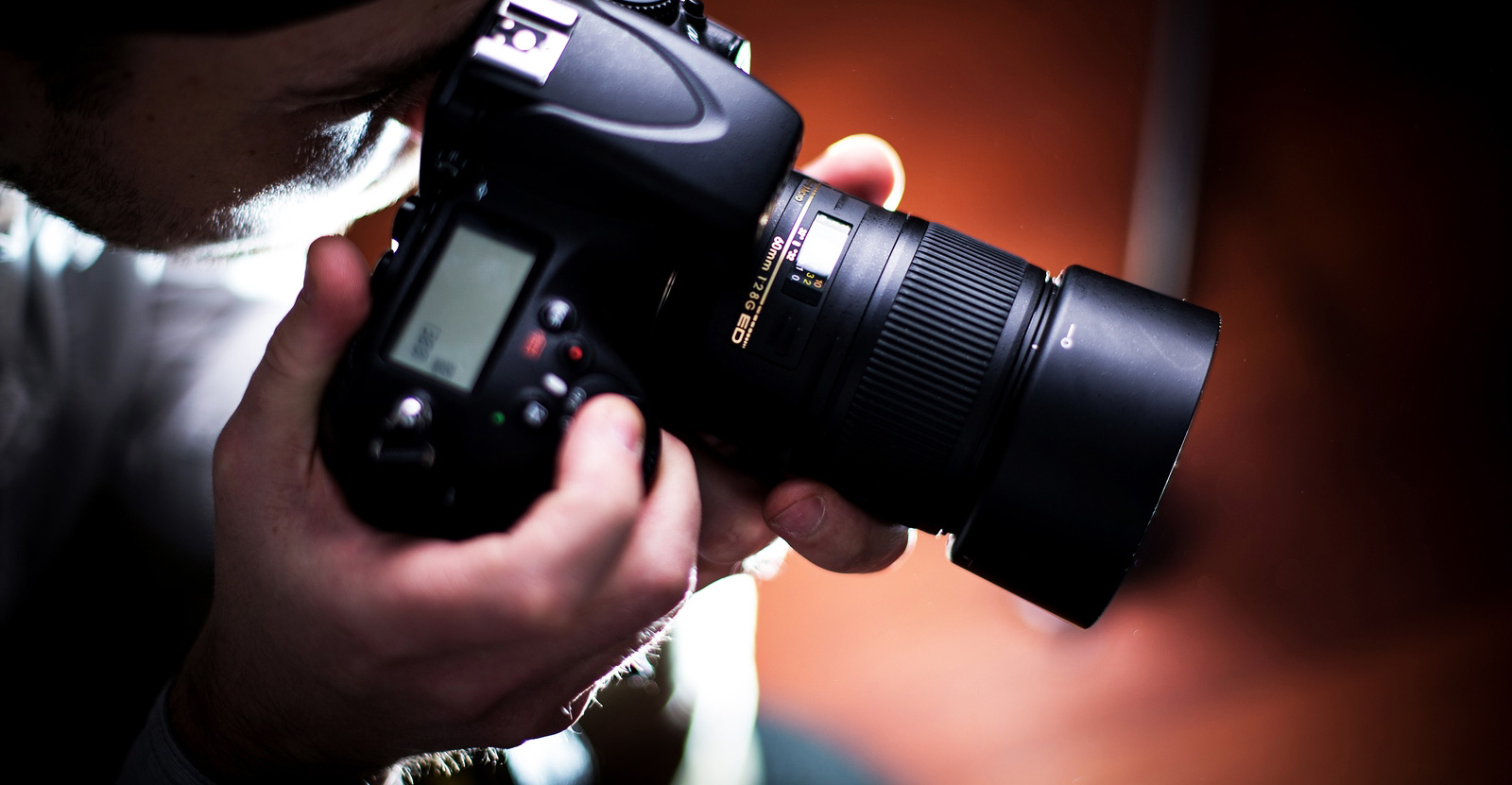#3 A PRIME LENS ALLOWS FOR A FASTER APERTURE FOR BOTH LOW LIGHT CONDITIONS AND A SHALLOW DEPTH OF FIELD
So in this next reason I think you should consider before buying a new camera I’m going to continue to bang the prime lens drum. I have both a 50mm and an 85mm prime lens so I obviously have put my money where my mouth is.
Prime lenses allow a handful of benefits compared to their zoom counterparts. The first, and most desirable, is the availability of fast apertures. With a fast aperture, a lens is able to maximize the amount of available light by opening its aperture to an f/2 – f/1.2 or even f/.95 range! Most zoom lenses do not shoot any faster than a f/2.8 (a notable exception is the Sigma 18-35mm f/1.8).
WHY FAST PRIMES MATTER
Being able to shoot at a fast/wide-open aperture also allows the shooter a more shallow depth-of-field. Depth-of-field (DOF) is the distance between the foreground, subject, and background. Shooting wide-open gives a narrow DOF, isolating the subject from its surroundings in terms of sharpness and clarity. The closer the lens is to the subject, the softer the foreground/background will become.
irianiandanceThe three most popular and widely used standard primes lenses are the 35mm, 50mm, and 85mm lenses. They are available in an array of aperture speeds and their value is dependent on their maximum aperture and overall build quality. Rounding out the category is the 24mm for wide angle lenses and the 105mm micro/macro for close-up work.
HOW TO CHOOSE YOUR PRIME LENS
When choosing a prime lens, the style of camera body it is paired with will have a great effect on the final image. If you are shooting with a crop sensor body and a lens that is not built specifically for crop sensors, like EF-S lenses for Canon or DX lenses for Nikon, then there will be a visual multiplying effect on your focal length. This will effectively increase the focal length of the lens you are using and could potentially affect your intention as a image maker. For example, a 24mm lens will read more closely to that of a 35mm on certain crop sensor bodies, a 50mm will read more as an 85mm, and an 85mm will be roughly a 130mm, and so on. If you are shooting with a crop sensor body do not be deterred by this – you will still be able to get tremendous imagery. Like anything else, crop sensors are a tool and, to some, even a desired feature – definitely NOT a bug. You can always compensate for cropped sensors by using a shorter focal length lens than you would on a normal 35mm sized sensor.
To learn even more about prime lenses visit the original article over at BorrowLenses
Source: BorrowLenses.com


I have to upgrade… I have a Canon Rebel SLR and I am having serious problems finding film…
That’s exactly why I went digital finally. Well, that and not being able to get my film developed.
I can get my film developed at work , so that’s not much of an issue… We no longer sell the type of film that I use..
ebay?.
I found it on Amazon. .
Adorama and B&H are both great sources for film both B&W and color.
Cool..
Can you upgrade from a Canon 5D3
1DX- 5DS- 5DSR?
Unless you want to go medium format- Hasselblad
5DS / SR wait to see – not sure they offer much more – debated on the 1DX when I got the 5D3 but bulked at the price so really can’t afford a Hasselblad
Yes, to the Nikon D810…. Check DXO ratings
Buy a Nikon!
Angelo Piccinone this will answer some of your step sons questions
Thanks